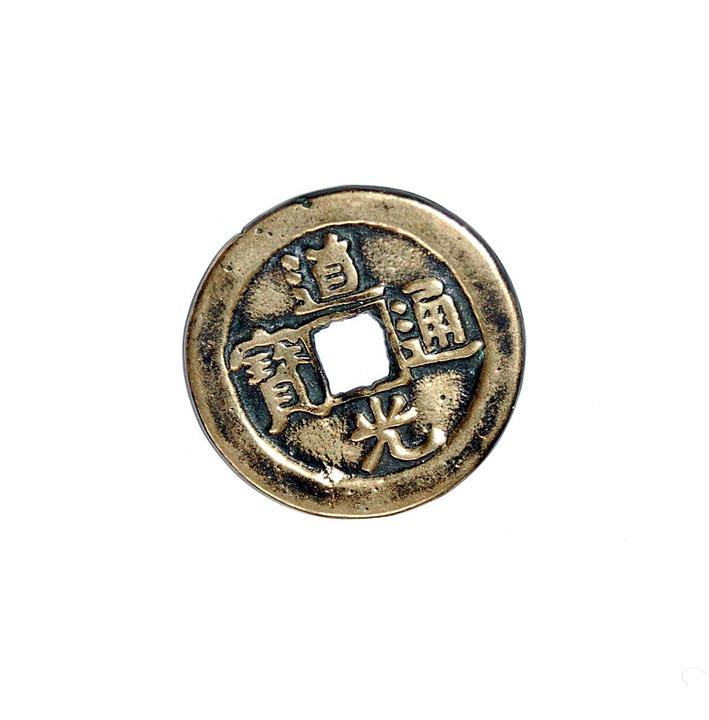Rise of the Bulldogs: How Junk Silver Coins Became a Hedge Against Inflation

The Rise of the Bulldogs: How Junk Silver Coins Became a Hedge Against Inflation
In the early 1970s, the world was facing an economic storm. The United States was experiencing unprecedented inflation, with the annual inflation rate reaching as high as 12.3% in 1974. This sudden and dramatic increase in prices eroded the value of traditional savings, leaving many individuals and investors searching for a safe haven to protect their wealth.
It was against this backdrop that a little-known asset class emerged as a popular hedge against inflation: junk silver coins. Specifically, the 90% silver alloy coins known as "Bulldogs," minted from 1964 to 1969, became the go-to investment for many savvy investors.
What are Bulldogs?
Bulldugs are 90% silver coins minted by the United States Treasury from 1964 to 1969, featuring iconic American designs like the Kennedy Half Dollar, the Walking Liberty Half Dollar, and the Mercury Dime. These coins were widely circulated and minted in large quantities, making them relatively inexpensive and accessible to a broad range of investors.
Why did they become a hedge against inflation?
Bulldogs gained popularity as a hedge against inflation due to their inherent value, unique characteristics, and the economic environment of the time. Here are some key factors that contributed to their rise:
- Silver content: As the value of gold and silver surged, many investors sought to diversify their portfolios with physical precious metal assets. The 90% silver content in Bulldogs made them an attractive option, as they could be melted down or traded for their underlying metal value.
- Limited mintage: Despite being widely minted, the production of Bulldogs was limited, making them relatively rare and harder to find in circulation. This scarcity contributed to their growing demand and value.
- Supply and demand imbalance: As the US minted fewer coins, the demand for these coins continued to grow, driving up prices and creating a lucrative market for collectors and investors.
- Diversification: Investing in Bulldogs provided a way for individuals to diversify their portfolios, reducing exposure to paper assets and currencies vulnerable to inflation and market fluctuations.
- Counter-inflationary measures: The US government’s efforts to combat inflation, such as the introduction of the gold standard and the creation of the Federal Reserve, inadvertently fueled demand for alternative investments like Bulldog coins.
The rise of the Bulldog market
As the 1970s progressed, the value of Bulldogs began to appreciated, reflecting the growing demand for physical precious metals and the limited supply of these coins. By the mid-1970s, collectors, investors, and traders were actively seeking out high-quality, rare, and uncirculated Bulldogs, driving up prices and solidifying their reputation as a hedge against inflation.
Modern relevance and the appeal of Bulldogs today
Despite the passing of decades, the allure of Bulldogs persists. Today, these coins remain a popular choice among investors seeking a tangible, stable, and diversifying addition to their portfolios. With their unique history, collectibility, and value as a store of value, Bulldogs continue to attract:
- Collectors: Who seek to own a piece of American history or relive the nostalgia of the Kennedy era.
- Investors: Who value the coins’ inherent value, low risk, and potential for long-term appreciation.
- Precious metal enthusiasts: Who appreciate the silver content, numismatic value, and the coin’s role in the gold and silver bullion market.
In conclusion, the rise of the Bulldogs serves as a testament to human ingenuity and the power of rare assets to provide a hedge against economic uncertainty. As investors continue to seek stable, physical, and valuable investments, the allure of 90% silver coins like the Bulldogs is likely to endure, solidifying their place as a time-honored and trusted store of value.







